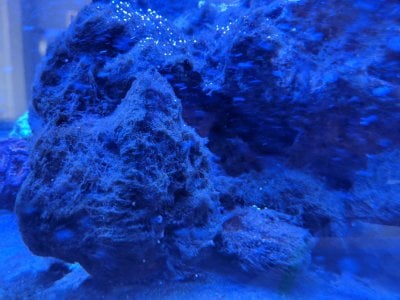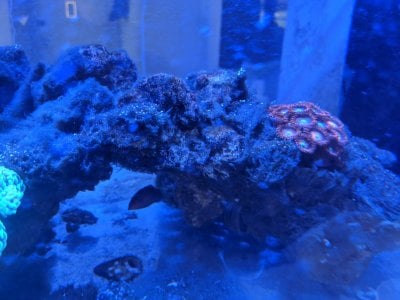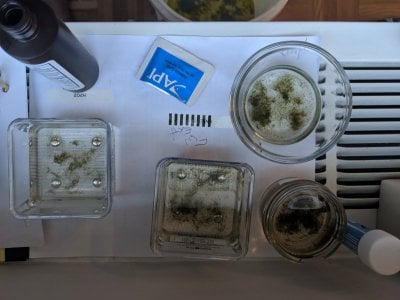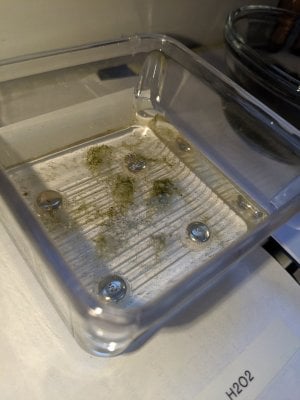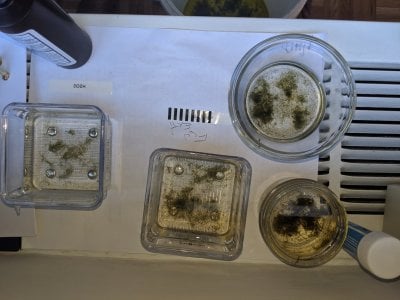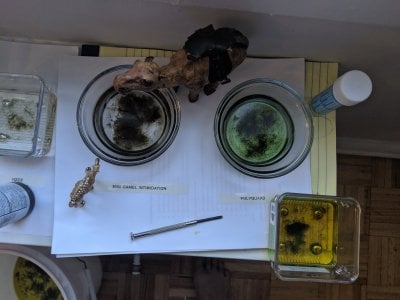- Joined
- Jul 29, 2018
- Messages
- 810
- Reaction score
- 1,165
What can I say about Lyngbya that hasn't been said about Osama Bin Laden?
I have scoured the internet and forums alike trying to find a proven reef tank treatment for Lyngbya, and was surprised that there's no consensus on how to kill this reef tank cyanobacterial terrorist that wears hair algae's uniform.
Here's what my tank looks like:
I am pretty sure that I have been dealing with this in one form or another for years now, but not anywhere close to the magnitude of the past week. The exponential growth killed my blue tang and yellow tang in under two hours.
I have tried Phosphate removers, Chemiclean, and Fluconozole with unimpressive results.
I'm now running a 6th grade, science fair level experiment on various antibiotics and treatments to see which one is the most effective at killing this. If anyone has a well-documented treatment method that I'm missing, please post it here and I'll send you a $25 BRS gift card
And now the starting line up of meds etc I am now testing with Lyngbya samples and tank water. Photos to come shortly.
Metroplex
Triple Sulfa
Furan 2
Flatworm Exit
Nopox
General Cure
Fungus Cure
H2O2
Chemclean
Lugols
Neoplex
Kanaplex
Lice/Worm Aquarium Treatment
Flatworm Stop
Rowaphos
Control Sample
If anyone has any suggestions on how to improve testing, I'm happy to hear your feedback.
I have scoured the internet and forums alike trying to find a proven reef tank treatment for Lyngbya, and was surprised that there's no consensus on how to kill this reef tank cyanobacterial terrorist that wears hair algae's uniform.
Here's what my tank looks like:
I am pretty sure that I have been dealing with this in one form or another for years now, but not anywhere close to the magnitude of the past week. The exponential growth killed my blue tang and yellow tang in under two hours.
I have tried Phosphate removers, Chemiclean, and Fluconozole with unimpressive results.
I'm now running a 6th grade, science fair level experiment on various antibiotics and treatments to see which one is the most effective at killing this. If anyone has a well-documented treatment method that I'm missing, please post it here and I'll send you a $25 BRS gift card
And now the starting line up of meds etc I am now testing with Lyngbya samples and tank water. Photos to come shortly.
Metroplex
Triple Sulfa
Furan 2
Flatworm Exit
Nopox
General Cure
Fungus Cure
H2O2
Chemclean
Lugols
Neoplex
Kanaplex
Lice/Worm Aquarium Treatment
Flatworm Stop
Rowaphos
Control Sample
If anyone has any suggestions on how to improve testing, I'm happy to hear your feedback.






